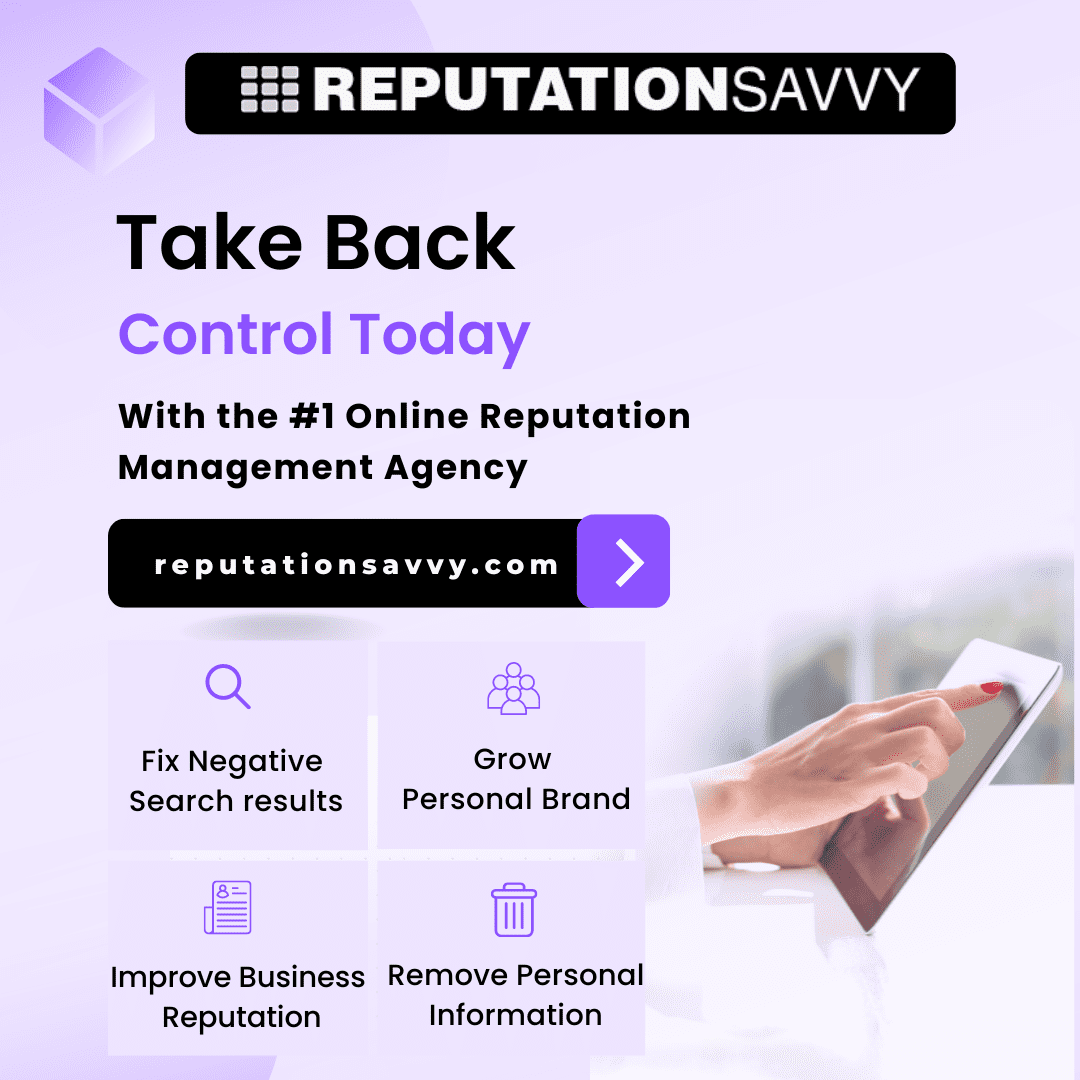In an age dominated by digital marketing, where impressions are tracked in pixels and engagement is quantified in click-through rates, it’s easy to question the relevance of physical promotional materials. Yet, as many companies navigate the nuances of customer loyalty, brand visibility, and meaningful engagement, branded gifts continue to play a pivotal role. Their tactile nature, combined with strategic branding, offers unique benefits that digital channels alone cannot replicate.
The Tangible Value of Physical Brand Presence
Unlike a fleeting digital ad or sponsored post, a well-considered branded gift remains. Whether it is a monogrammed water bottle, a nice tote bag or a stylish tech accessory, these kinds of things get used as part of the recipient’s daily routine. The physical presence of a brand on the office desk, on the kitchen counter or through daily use solidifies brand awareness in a very low-key yet highly effective way.
This tangibility comes with an emotional connection. People will remember more a brand that gave them something beneficial or pleasurable to use, as opposed to one that they merely glimpsed online for an instant. In fact, research consistently shows that branded products leave more positive impressions and better recall rates than a lot of online advertising.
Strengthening Relationships in a Hybrid Business World
As remote and hybrid work become more prevalent, the need to maintain a personal touch has grown. Branded gifts are great tools to fill the space in physical distance in business relationships—greet a new remote employee, thank a loyal customer for their business, or celebrate a project milestone.
These gestures, done with care, establish brand feel and support the values and culture of a firm. It sends a powerful message: “We care enough about you to make an investment you can see and touch.”
Promotional Products as Multi-Purpose Assets
Branded merchandise is more than just the distribution of free products at an event. Its uses are seen in internal activation, employee appreciation, client gifts, trade shows, onboarding kits, and even direct mail campaigns. The key is to pair the gift with the image of the brand and the sensibility of the recipient.
Today’s promotional items are not only functional—They’re sustainable and hip. With growing green awareness, companies are turning toward sustainable merchandise options such as bamboo notebooks, repurposed canvas bags, and organic cotton apparel. Not only do these make a statement for the brand, but they are also compliant with the ethical demands of today’s consumers.
Complementary to Digital Strategies, Not in Competition
It is not a physical or digital question. The best brand tactics blend both. As an example, a digital campaign might offer an incentive of a branded gift for sign-up or for participating, creating something tangible from an activity online.
Also, a branded advertising item with an NFC tag or QR code can serve as the bridge back to your online content—products catalogues, websites, or even virtual reality experiences. It is this balance that allows brands to provide an open passage that flows between the offline and online worlds.
An instance of a supplier offering a large range of such items, tailored for businesses and organisations in Australia, is Custom Gear, who offer effective, brand-aligned merchandise to raise visibility and engagement.
Measurability in a Metrics-Driven Age
A popular criticism of branded gifts is that it is too hard to measure return on investment. But nowadays, tools exist to measure with greater precision. From special campaign URLs on product packaging to QR code interactions and post-campaign surveys, brands can now easily gather valuable insights on the reach and impact of their merchandise.
In B2B environments, especially where sales cycles are longer and relationships more complex, the impact of a thoughtful gift may not be immediate but will have a long-term effect that pays dividends down the road.
Choosing the Right Products Matters More Than Ever
A successful branded gift program relies on judicious selection. Avoid low-grade or generic items—these boomerangs and harm your brand reputation. Opt instead for useful, attractive, and brand-fitting items that recipients will find valuable and keep.
Product categories currently in strong demand are:
- Tech accessories (e.g., power banks, Bluetooth trackers)
- Eco-friendly products (e.g., reusable cups, recycled notebooks)
- Office and desk supplies (e.g., mouse pads, notebooks, wireless chargers)
- Lifestyle accessories (i.e., picnic mats, cool bags)
The perfect products balance functionality and cleverness and reflect the hobbies and environment of the recipient.
A Tangible Connection To The Brand
Although electronic marketing is the foundation of current business strategy, it doesn’t make branded items obsolete—actually, it complements them. Branded presents provide something digital communications can’t: a real-world anchor to the brand. They ground abstract brand principles into something tangible, memorable, and worth something.
As customer values evolve and businesses look for authentic sources of differentiation, branded gifts provide a unique blend of personalisation, functionality, and promotional value. Today, in the digital age, they are still relevant—perhaps more so.










